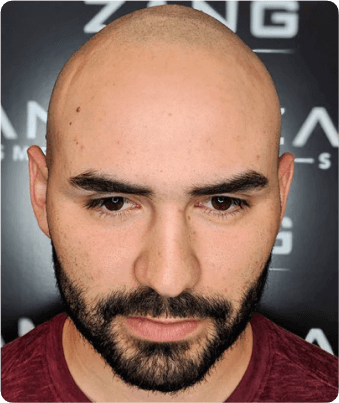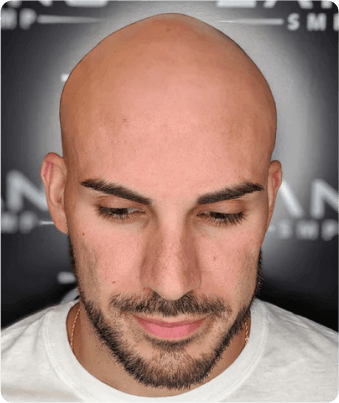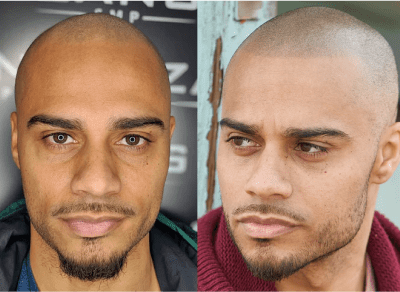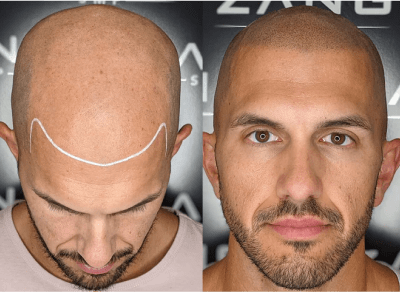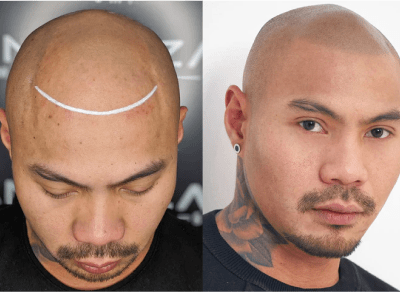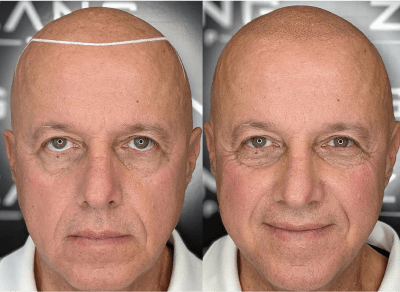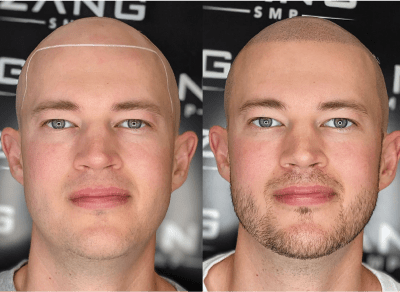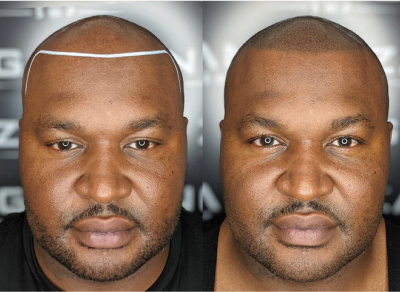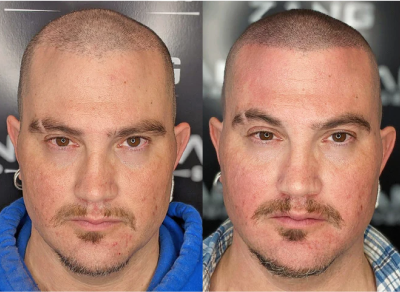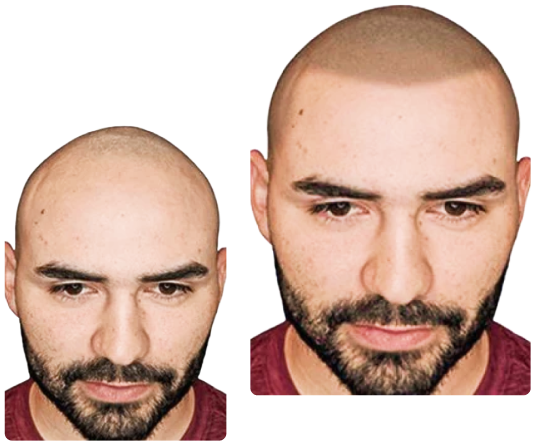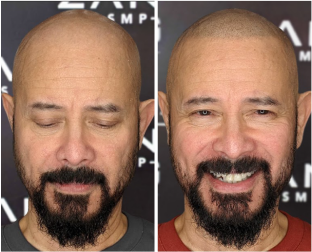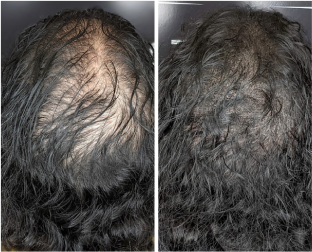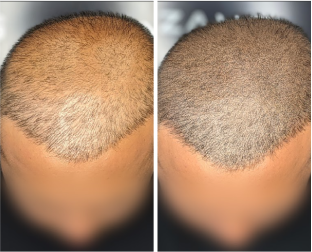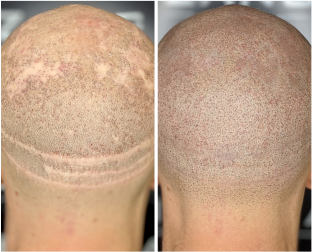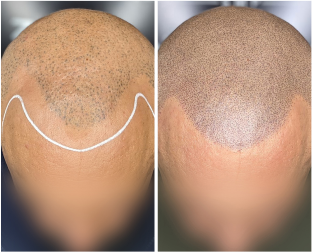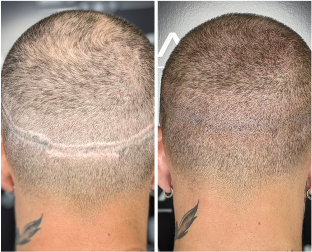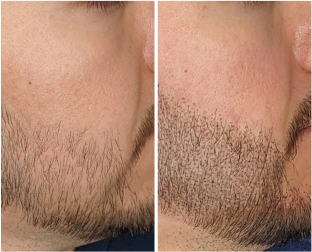How is Male Pattern Baldness Diagnosed and How Does it Influence Hair Loss?
Male pattern baldness is diagnosed by its specific pattern of hair loss, which typically impacts the hairline and crown. Genetics and hormones are important factors in this and other related hair disorders.
Stages of Male Pattern Baldness
To classify the severity of hair loss, experts use the Hamilton-Norwood scale. Stage 1 is the least severe, while stage 7 shows complete baldness on the top of the head. Individuals with Norwood stages 1 to 3 usually have a mildly to moderately receded hairline.
Norwood stages 4 to 5 involve severe hair loss in the frontal region with marked thinning in the crown area. Stages 6 to 7 represent almost complete or total hair loss on the entire top of the scalp.
Some unusual forms of male pattern baldness involve thinning over the entire scalp without hairline recession, or hair loss limited to the crown area with no receding hairline.
Treatment For Male Pattern Hair Loss: Scalp Micropigmentation
Scalp Micropigmentation (SMP) is a non-invasive treatment designed for male-pattern baldness. It involves a specialized tattooing technique that mimics the appearance of hair follicles on the scalp. No matter how severe the hair loss is, SMP can effectively restore the look of a full head of hair.
Unlike hair transplantation, which is limited by the number of donor hair grafts available, SMP can promote hair growth and offer any level of hair density immediately, with no downtime.
Zang SMP in Encinitas utilizes organic, plant-based pigments applied to the scalp. These pigments mimic hair follicles, creating a life-changing result. Instead of having a bald head, you'll get a cropped buzzed appearance.
With SMP for men, there's no need for surgery or painful hair transplants. This method allows you to achieve the look you desire. If you're stuck with an undesired bald head, we can assist. SMP offers the hair you need to upgrade your image.
SMP usually requires two to three sessions. The first and second treatments are conducted a week apart for male-pattern hair loss. Should a third treatment be needed, it will be planned for 1 to 3 months later.

